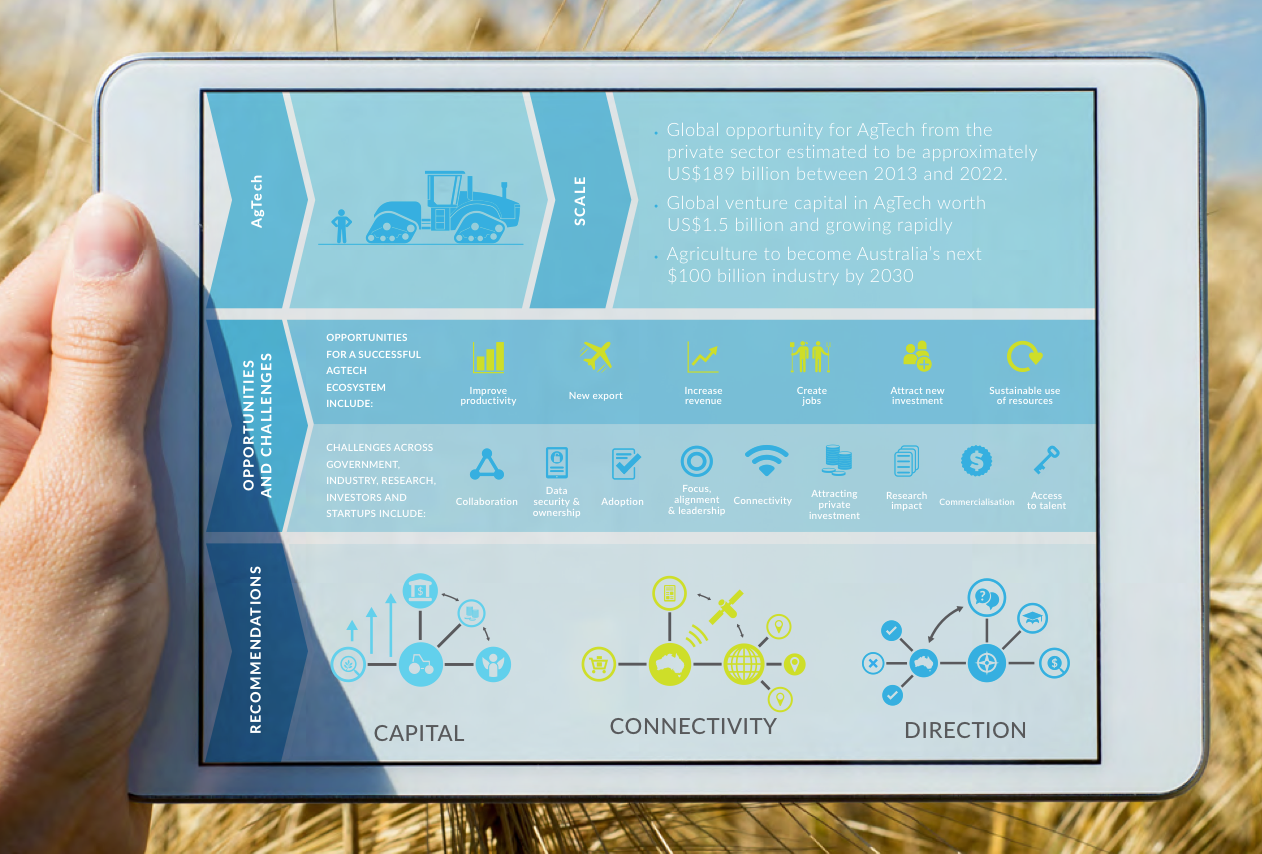
What happens to a company when a visionary CEO is gone? Most often innovation dies and the company coasts for years on momentum and its brand. Rarely does it regain its former glory. Using examples from Microsoft and Apple, Steve Blank (LeanStartup, Stanford, Berkeley, and Columbia University) explains.
Lessons:
- Innovation CEOs are almost always replaced by one of their execution VPs & thats not necessarily a good thing!
- If they have inherited a powerful business model this often results in gains in revenue and profits that can continue for years.
- However, as soon the market, business model, technology shifts, these execution CEOs are ill-equipped to deal with the change – the result is a company obsoleted by more agile innovators and left to live off momentum in its twilight years.
- We need visionaries & innovators for long term success.
Microsoft – missing the boat – five times:
Microsoft entered the 21st century as the dominant software provider for anyone who interacted with a computing device. 16 years later it’s just another software company.
Despite Microsoft’s remarkable financial performance, as Microsoft CEO Ballmer (Bill Gates replacement) failed to understand and execute on the five most important technology trends of the 21stcentury: in search – losing to Google; in smartphones – losing to Apple; in mobile operating systems – losing to Google/Apple; in media – losing to Apple/Netflix; and in the cloud – losing to Amazon. Microsoft left the 20th century owning over 95% of the operating systems that ran on computers (almost all on desktops). Fifteen years and 2 billion smartphones shipped in the 21st century and Microsoft’s mobile OS share is 1%. These misses weren’t in some tangential markets – missing search, mobile and the cloud were directly where Microsoft users were heading. Yet a very smart CEO missed all of these. Why?
Execution and Organisation of Core Businesses
It wasn’t that Microsoft didn’t have smart engineers working on search, media, mobile and cloud. They had lots of these projects. The problem was that Ballmer organised the company around execution of its current strengths – Windows and Office businesses. Projects not directly related to those activities never got serious management attention and/or resources.
For Microsoft to have tackled the areas they missed – cloud, music, mobile, apps – would have required an organizational transformation to a services company. Services (Cloud, ads, music) have a very different business model. They are hard to do in a company that excels at products.
Ballmer and Microsoft failed because the CEO was a world-class executor (a Harvard grad and world-class salesman) of an existing business model trying to manage in a world of increasing change and disruption. Microsoft executed its 20th-century business model extremely well, but it missed the new and more important ones. The result? Great short-term gains but long-term prospects for Microsoft are far less compelling.
In 2014, Microsoft finally announced that Ballmer would retire, and in early 2014, Satya Nadella took charge. Nadella got Microsoft organized around mobile and the cloud (Azure), freed the Office and Azure teams from Windows, killed the phone business and got a major release of Windows out without the usual trauma. And is moving the company into augmented reality and conversational AI. While they’ll likely never regain the market dominance they had in the 20th century, (their business model continues to be extremely profitable) Nadella likely saved Microsoft from irrelevance.
Whats Missing?
Visionary CEOs are not “just” great at assuring world-class execution of a tested and successful business model, they are also world-class innovators. Visionary CEOs are product and business model centric and extremely customer focused.
The best are agile and know how to pivot – make a substantive change to the business model while or before their market has shifted. The very best of them shape markets – they know how to create new markets by seeing opportunities before anyone else. They remain entrepreneurs.

One of the best examples of a visionary CEO is Steve Jobs who transformed Apple from a niche computer company into the most profitable company in the world. Between 2001 to 2008, Jobs reinvented the company three times. Each transformation – from a new computer distribution channel – Apple Stores to disrupting the music business with iPod and iTunes in 2001; to the iPhone in 2007; and the App store in 2008 – drove revenues and profits to new heights.
These were not just product transitions, but radical business model transitions – new channels, new customers and new markets–and new emphasis on different parts of the organization (design became more important than the hardware itself).
Visionary CEOs don’t need someone else to demo the company’s key products for them. They deeply understand products, and they have their own coherent and consistent vision of where the industry/business models and customers are today, and where they need to take the company. They know who their customers are because they spend time talking to them. They use strategy committees and the exec staff for advice, but none of these CEOs pivot by committee.
Why Tim Cook Is the New Steve Ballmer
One of the strengths of successful visionary and charismatic CEOs is that they build an executive staff of world-class operating executives (and they unconsciously force out any world-class innovators from their direct reports). The problem is in a company driven by a visionary CEO, there is only one visionary. This type of CEO surrounds himself with extremely competent executors, but not disruptive innovators. While Steve Jobs ran Apple, he drove the vision but put strong operating execs in each domain – hardware, software, product design, supply chain, manufacturing – who translated his vision and impatience into plans, process and procedures.

When visionary founders depart (death, firing, etc.), the operating executives who reported to them believe it’s their turn to run the company (often with the blessing of the ex CEO). At Microsoft, Bill Gates anointed Steve Ballmer, and at Apple Steve Jobs made it clear that Tim Cook was to be his successor.
Once in charge, one of the first things these operations/execution CEOs do is to get rid of the chaos and turbulence in the organization. Execution CEOs value stability, process and repeatable execution. On one hand that’s great for predictability, but it often starts acreative death spiral – creative people start to leave, and other executors (without the innovation talent of the old leader) are put into more senior roles – hiring more process people, which in turn forces out the remaining creative talent. This culture shift ripples down from the top and what once felt like a company on a mission to change the world now feels like another job.
As process oriented as the new CEOs are, you get the sense that one of the things they don’t love and aren’t driving are the products (go look at the Apple Watch announcements and see who demos the product).
Tim Cook has now run Apple for five years, long enough for this to be his company rather than Steve Jobs’. The parallel between Gates and Ballmer and Jobs and Cook is eerie. Apple under Cook has doubled its revenues to $200 billion while doubling profit and tripling the amount of cash it has in the bank (now a quarter of trillion dollars). The iPhone continues its annual upgrades of incremental improvements. Yet in five years the only new thing that managed to get out the door is the Apple Watch. With 115,000 employees Apple can barely get annual updates out for their laptops and desktop computers.
But the world is about to disrupt Apple in the same way that Microsoft under Ballmer faced disruption. Apple brilliantly mastered User Interface and product design to power the iPhone to dominance. But Google and Amazon are betting that the next of wave of computing products will be AI-directed services – machine intelligence driving apps and hardware. Think of Amazon Alexa, Google Home and Assistant directed by voice recognition that’s powered by smart, conversational Artificial Intelligence – and most of these will be a new class of devices scattered around your house, not just on your phone. It’s possible that betting on the phone as the platform for conversational AI may not be the winning hand.
It’s not that Apple doesn’t have exciting things in conversational AI going on in their labs. Heck, Siri was actually first. Apple also has autonomous car projects, AI-based speakers, augmented and virtual reality, etc in their labs. The problem is that a supply chain CEO who lacks a passion for products and has yet to articulate a personal vision of where to Apple will go is ill equipped to make the right organisational, business model and product bets to bring those to market.
In the 21st Century an Execution CEO as a Successor Increasingly May be The Wrong Choice
In a startup the board of directors realises that risk is the nature of new ventures and innovation is why they exist. On day one there are no customers to lose, no revenue and profits to decline. Instead there is everything to gain. In contrast, large companies are often risk-averse engines – they are executing a repeatable and scalable business model that spins out the short-term dividends, revenue and profits that the stock market rewards. And an increasing share price becomes the reason for existing. The irony is that in the 21st century, the tighter you hold on to your current product/markets, the likelier you will be disrupted. (As articulated in the classic Clayton Christensen book The Innovators Dilemma, in industries with rapid technology or market shifts, disruption cannot be ignored.)
As discussed by Des Traynor (Co-founder & Chief strategy officer, intercom) in his excellent post “Your product is already obsolete“, the relentless march of technological improvement means that by their very nature technology businesses fail.
That’s why as founders, product people, marketer – or whatever our role is – we need to be acutely aware of all the different technological shifts happening in the industry and consistently ask ourselves if and how these things actually affect us? This is not just some dry strategic exercise. If you don’t do it your business could die an awful lot quicker than you expect.
In the words of Ghandi:
At first you’ll ignore them. Then you’ll laugh at them. Then you’ll fight them, and then they will win.
This tends to be people’s attitudes towards new products.
If you want to see the best example of what it means to first laugh at something, a new threat, see Steve Ballmer’s reaction to the iPhone.
If all that the mobile revolution, the new Android and iOS things did was kill Windows Phone, that’d be fine. Windows Phone wasn’t a huge thing for Microsoft, it was a part of their Windows Everywhere strategy. But mobile didn’t actually kill Windows Phone. It attacked the whole entire desktop concept, which scares the hell out of Microsoft because that was their core.
It wasn’t obvious that a phone could be really, really bad news for a desktop operating system, but it turned out to be. The realization here is best summed up for me by this quote from Steve Sinofsky, who is ex-Microsoft and is now at Andreessen Horowitz: “No technology is the center of a system, but rather a constellation of bodies under the influence of each other.”
He makes the point that all these technologies just intertwine with each other. It’s not clear that a phone was going to destroy a satellite navigation company. It’s not clear that messaging software would destroy a telecoms company. It’s not clear that a phone would disrupt desktop. But what happens in technology are these tectonic shifts, literally the plates slide from under you, and if you’re not aware of all of them and how they interact, you’re in big trouble.
Des Traynor: Technology will continue to spit out innovation after innovation after innovation. The question you have to consistently ask: does this new technology that’s happening or that’s being released make it in any way cheaper, faster or easier for our customers to make progress in their lives? That’s the repetitive question you have to ask, whether you see Bluetooth or WiFi or cloud or mobile or touch or voice or audio or messaging or bots. You name it. Because if it does make it cheaper, faster or easier for customers to make progress, they’ll go there, and you’ll be busy writing up JIRA tickets.
 The way to stay relevant is to pay attention to what is called the OODA loop. Can you Observe, can you Orient, can you Decide, and can you Act! If your OODA loop is fast enough that you can keep up with the industry, you will always be in a great position.
The way to stay relevant is to pay attention to what is called the OODA loop. Can you Observe, can you Orient, can you Decide, and can you Act! If your OODA loop is fast enough that you can keep up with the industry, you will always be in a great position.
Steve Blank’s original post & other insights can be found here.
Des Traynor’s original post can be found here in its entirety.
![]()





